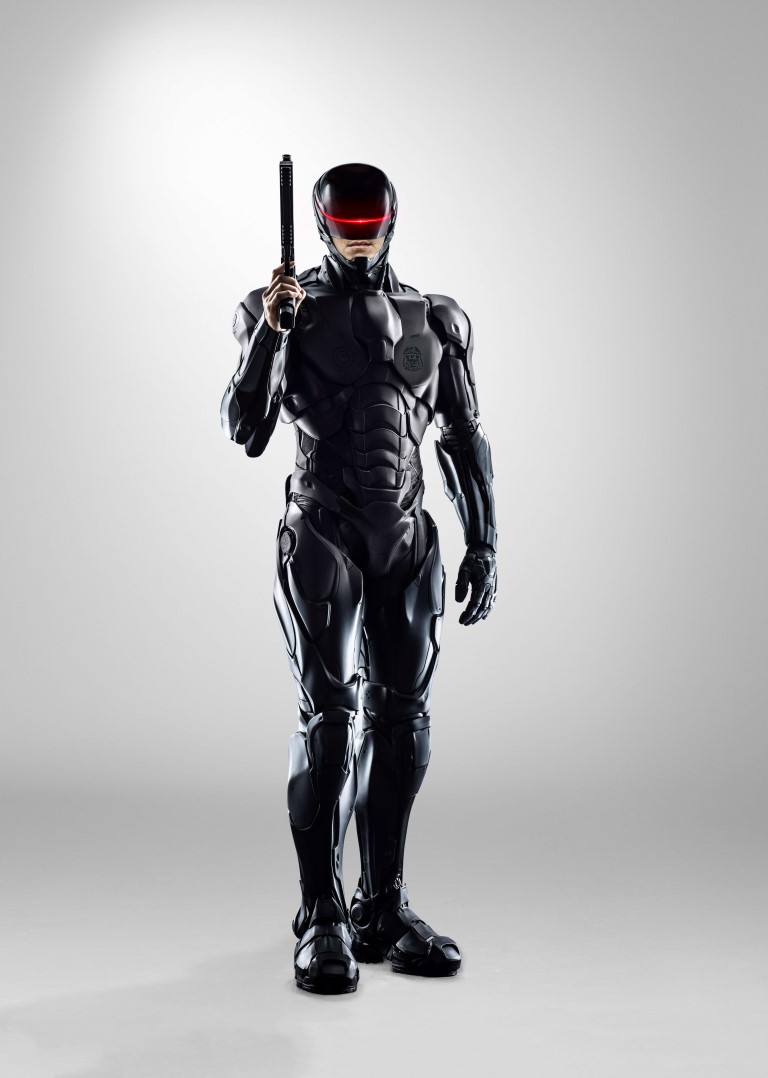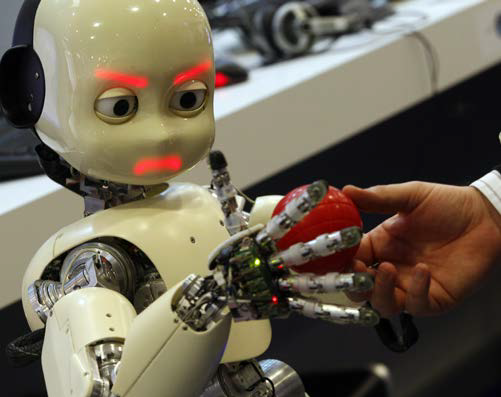Inleiding
Robots doen het goed in de media. Ministers spreken zich uit over de mogelijke effecten die robots in de toekomst kunnen hebben voor de economie. Televisieprogramma’s behandelen de vooruitgang in de robotica, zoals onlangs in de VPRO-programma’s Tegenlicht en De Volmaakte Mens. Amusementsseries zoals Real Humans laten zien hoe een samenleving waarin robots een belangrijke rol spelen eruit zou kunnen zien. En uiteraard het internet biedt een scala aan berichten en meningen over robots en hun effecten op de toekomst van de maatschappij. Een opvallend kenmerk van veel berichten is de dreiging die blijkbaar van robots uitgaat, variërend van verlies aan werkgelegenheid tot een bedreiging voor de mensheid zelf zoals in de film I Robot.
Het idee dat robots een bedreiging kunnen vormen staat niet op zich. Het is een onderdeel van een gevoel van onbehagen over de ontwikkelingen van Artificiële Intelligentie (AI). Mensen als de bekende fysicus Stephen Hawking hebben reeds gewaarschuwd


